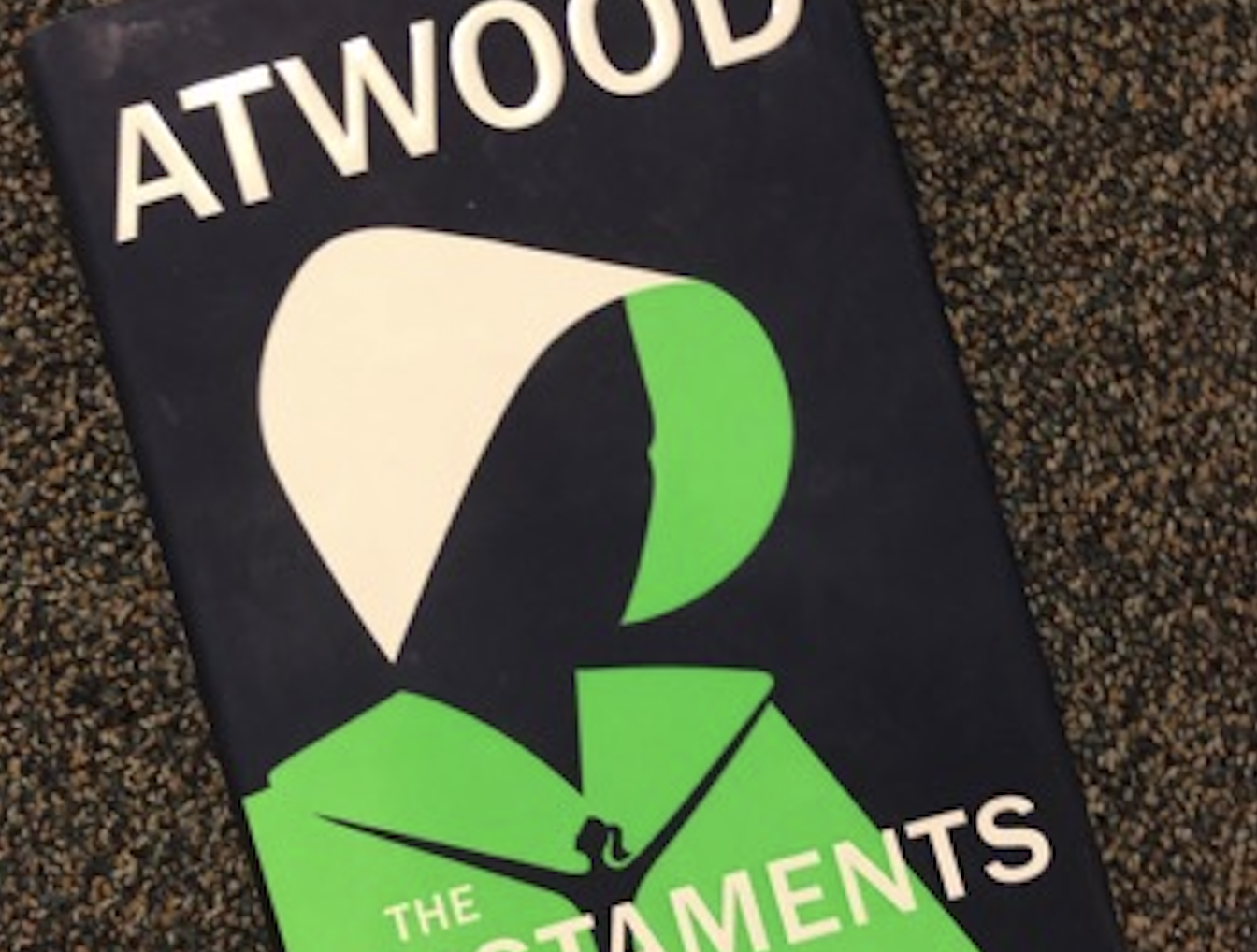A white bonnet, red dress, and red cloak has become a modern symbol of rebellion against the patriarchy, aggressive right-wing politics and a beacon of hope for feminists across North America.
Margaret Atwood’s ground-breaking novel, The Handmaid’s Tale, curated this idea. The novel is a story of a dystopian America now called Gilead, where women are forced into a variety of demeaning and sexist roles.
The Handmaid’s Tale is told from the perspective of Offred, a handmaid who is forced to bear children for the elite and follows her journey through this dark and twisted world, where there is more than meets the eye to everything and everyone.
The novel ends with Offred climbing into a van, trekking off into an uncertain future. Since the novel’s release in 1985, readers have been stuck wondering what happened to Offred, Gilead, and other characters including the wicked Aunt Lydia.
In September 2019, our questions were answered when The Testaments was released.
The Testaments, surprisingly, did not pick up where The Handmaid’s Tale left off. Instead, the story contained three “witness testimonies” from three different women. Two of them are Agnes, a young woman born into, and growing up in Gilead, and Daisy, a young woman growing up in Canada alongside Gilead’s reign.
Building on the themes of female comradery, language as power, manipulation and male domination introduced in The Handmaid’s Tale, The Testaments weaves a web that ensnares the reader into the characters’ lives.
Another one of these women is Aunt Lydia. Fans of the show finally gain some insight into who she was before Gilead, why she agreed to be a part of this society and how deep corruption really runs in Gilead.
Each of the women’s testaments start in completely different places, both geographically and emotionally, and their lives appear to be completely different. But, in Atwood’s signature style, the story takes many different twists, turns and detours that connects everything from this novel, and The Handmaid’s Tale together in such an eloquent way that leaves the reader speechless.
The characters are fleshed out, and relatable in their struggle. The reader can see themselves in each of the three women, and the actions that the characters take prompt the reader to stop and ask themselves: what would I do?
Building on the themes of female comradery, language as power, manipulation and male domination introduced in The Handmaid’s Tale, The Testaments weaves a web that ensnares the reader into the characters’ lives.
These books are a harsh example of what could be our reality if our society remains so patriarchal, and if we continue to allow injustices to happen silently. Atwood draws inspiration from what’s happening in our world today and has incorporated elements of today’s Western society into The Testaments, making it a haunting read.
Typical of most dystopian novels, The Testaments cannot help but make the reader wonder, “What if?” What if women were taught to be nothing more than wives and mothers? What if literacy becomes a privilege and not a right? What if we keep blaming women in assault cases? What if the environment becomes so toxic that fresh food is scarce and infertility rates continue to rise? What if one day we wake up and our rights are gone?
Canada is depicted as a safe haven in both novels. As a Canadian reader, one cannot help but feel pride in our country. However, as a critical reader, one must always be questioning bias. Is Atwood painting Canada in a favourable light for any particular reason? Does she have a bias because Canada is her native country?
For anyone who has read The Handmaid’s Tale or watched the Emmy award-winning show adaptation, The Testaments is a must-read, building on the already established world and blending seamlessly and effortlessly into the plot.
For anyone looking to be woken up to the reality of what could happen to our society if women do not raise their voices, this book is a wake-up call we could all use.
Feature image by Olivia Little.






